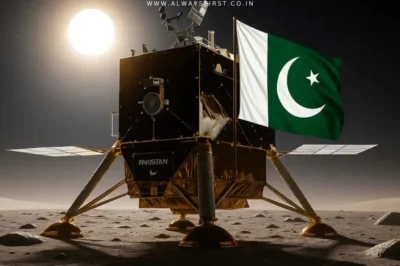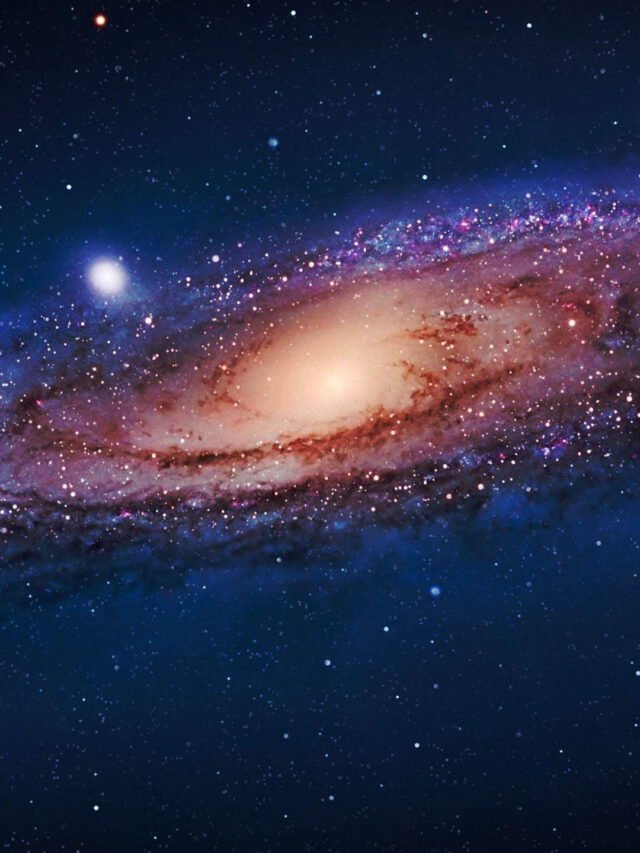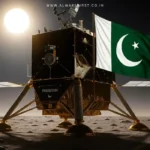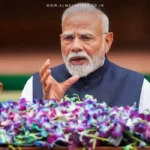Key Takeaways:
✔ Pakistan plans a Moon landing by 2035, relying heavily on China’s technology.
✔ A 35-kg Pakistani rover will join China’s Chang’e-8 mission in 2028.
✔ India, meanwhile, succeeded independently with Chandrayaan-3 in 2023.
Pakistan’s Lunar Ambitions: A Chinese Lifeline
While India celebrated its historic Chandrayaan-3 Moon landing in 2023, Pakistan is now setting its sights on a lunar mission—but with a major catch. The country aims to land its first spacecraft on the Moon by 2035, but only with substantial help from its long-standing ally, China.
Pakistan’s Minister for Planning, Development, and Special Initiatives, Ahsan Iqbal, revealed the plan during high-level talks in Beijing. The announcement came as Pakistan seeks deeper collaboration with China to bridge critical gaps in its space capabilities.
SUPARCO’s Struggle & China’s Role
The task falls on Pakistan’s Space and Upper Atmosphere Research Commission (SUPARCO), an agency that, despite being established in 1961, has yet to independently launch a single satellite. In contrast, India’s ISRO has executed multiple successful missions, including Chandrayaan-3 and Mangalyaan, with minimal foreign assistance.
Pakistan’s first major step will be contributing a 35-kilogram lunar rover to China’s Chang’e-8 mission in 2028, targeting the Moon’s South Pole. The rover is expected to conduct experiments and analyze lunar resources. However, this move highlights Pakistan’s heavy reliance on Chinese expertise, raising questions about its self-sufficiency in space exploration.
Uraan Pakistan & Astronaut Plans
Iqbal also highlighted the “Uraan Pakistan” initiative, crediting Prime Minister Shehbaz Sharif with reviving the country’s stagnant space program. Though Pakistan has launched three satellites recently, all were facilitated by China.
Additionally, Pakistan plans to send its first astronaut to space by 2026—hitching a ride on China’s space station. While this marks progress, it further underscores Pakistan’s dependence on Beijing for advanced space missions.
India’s Lead & Pakistan’s Challenges
India, meanwhile, continues to surge ahead with Gaganyaan, its first manned mission, slated for 2027. With a track record of independent achievements, ISRO’s progress starkly contrasts with SUPARCO’s struggles.
Pakistan’s space program, initiated by Nobel laureate Dr. Abdus Salam, has been hampered by political instability, economic crises, and a lack of indigenous innovation. While China’s support offers a lifeline, experts question whether Pakistan can truly compete in the new space race without self-reliance.
As the world watches, one thing is clear: Pakistan’s lunar dream hinges entirely on Beijing’s backing—while India soars ahead on its own.









































Leave a Reply